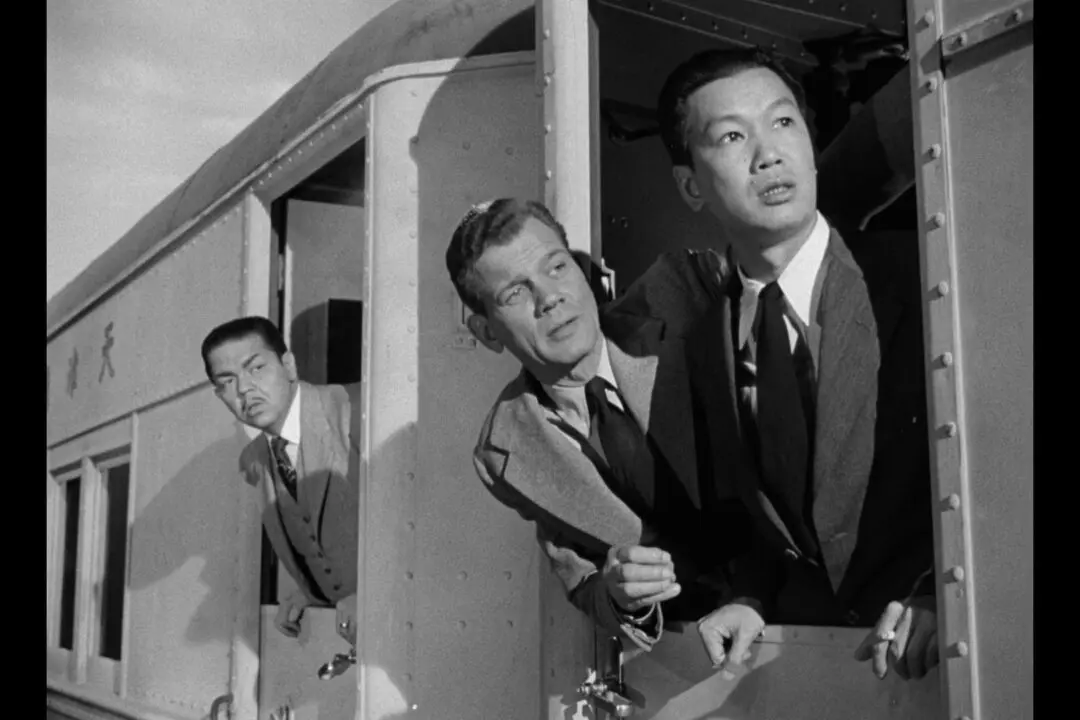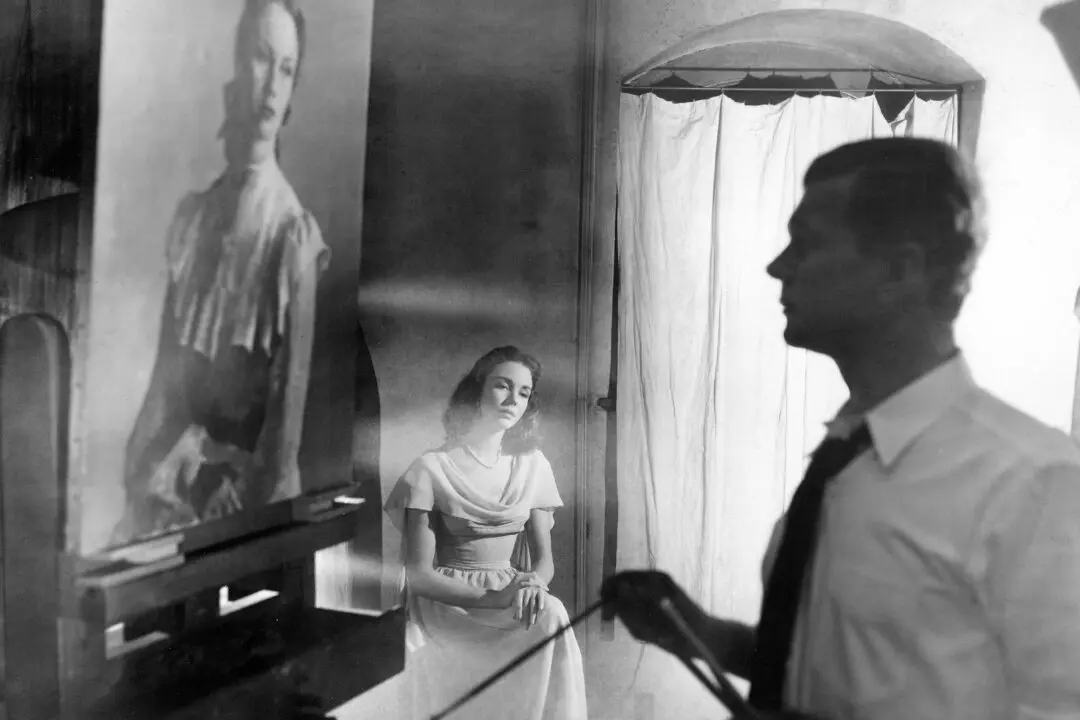R | 2h 21min | Drama | 1984
Roland Joffé’s searing film only appears to dwell on a bloody civil war. In reality, it centers on a touching real-life story of friendship, forgiveness, sacrifice, and faithfulness to truth in the face of totalitarianism. Nominated for seven Oscars, it paints a moving portrait of simple freedoms that contemporary democracies sometimes take for granted.




